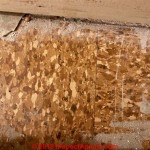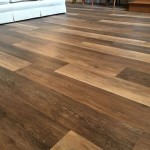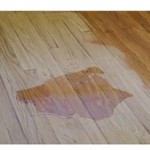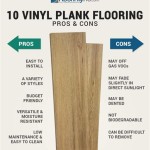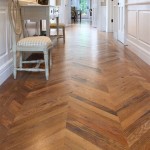The type of hardwood floor you choose for your home can make a huge difference in the look, feel, and overall aesthetic of the space. Different types of hardwood floors offer different benefits depending on the homeowner’s needs. From traditional hardwood flooring, to engineered hardwood, to laminate, there are a variety of options available. Here’s a look at the different types of hardwood flooring, and their benefits.
Traditional Hardwood Flooring
Traditional hardwood flooring is popular for its timeless look and classic appeal. It is made from solid wood planks that come in a variety of wood types, such as oak, maple, and cherry. The planks are usually ¾” thick and can be installed in a variety of ways, such as with nails, staples, or glue. The benefit of traditional hardwood flooring is that it can last for decades if properly maintained.
Engineered Hardwood Flooring
Engineered hardwood flooring is made from several layers of wood that are bonded together. The top surface is made of real hardwood, while the bottom layers are made of plywood. This type of hardwood is often more durable than traditional hardwood and can be used in areas with higher levels of moisture. It is also more stable, so it can be installed over concrete or radiant heat.
Laminate Hardwood Flooring
Laminate hardwood flooring is made from several layers of fiberboard, with a photographic image of hardwood on top. It is an affordable and easy-to-install alternative to hardwood floors, and it is also very durable and resistant to scratches and dents. It is perfect for homeowners who want the look of hardwood floors at a lower price.
Bamboo Flooring
Bamboo flooring is made from bamboo stalks, which are cut and shredded into thin strips, and then pressed together to form planks. It is an eco-friendly option that is very durable and resistant to water, stains, and scratches. It is also easy to install, making it a great choice for DIY projects.
Reclaimed Hardwood Flooring
Reclaimed hardwood flooring is made from wood that has been salvaged from old buildings, barns, and other structures. This type of hardwood is unique and often has a vintage, rustic look. It is also very durable and can last for decades if properly maintained. The downside is that it can be more expensive than other types of hardwood.
Cork Flooring
Cork flooring is made from cork bark that has been shredded, pressed together, and then sealed. It is a great choice for homeowners who want a softer, more comfortable surface underfoot. It is also eco-friendly, since cork is a renewable resource, and it is resistant to moisture and mold. The downside is that it can be more expensive than other types of hardwood.
Conclusion
When it comes to choosing the right hardwood flooring for your home, there are a variety of options to choose from. Each type of hardwood offers its own unique benefits, so it is important to consider your needs and budget before making a final decision. Hopefully, this overview of the different types of hardwood flooring and their benefits has helped you make a more informed decision.















Related Posts

